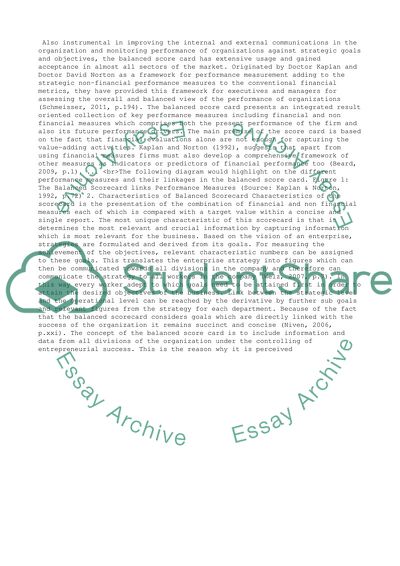Cite this document
(“Literature Review of Balanced Scorecard in Higher Education”, n.d.)
Retrieved from https://studentshare.org/management/1443267-literature-review-of-balanced-scorecard-in-higher
Retrieved from https://studentshare.org/management/1443267-literature-review-of-balanced-scorecard-in-higher
(Literature Review of Balanced Scorecard in Higher Education)
https://studentshare.org/management/1443267-literature-review-of-balanced-scorecard-in-higher.
https://studentshare.org/management/1443267-literature-review-of-balanced-scorecard-in-higher.
“Literature Review of Balanced Scorecard in Higher Education”, n.d. https://studentshare.org/management/1443267-literature-review-of-balanced-scorecard-in-higher.


